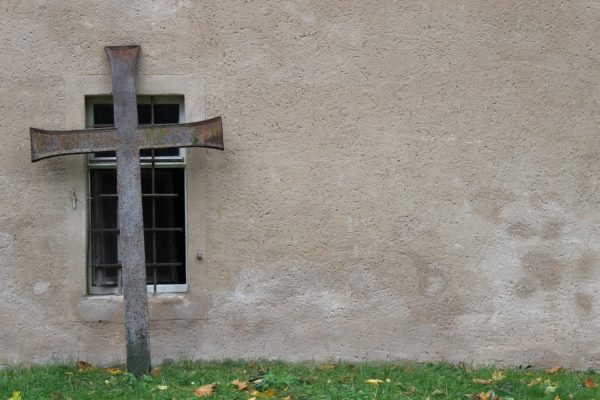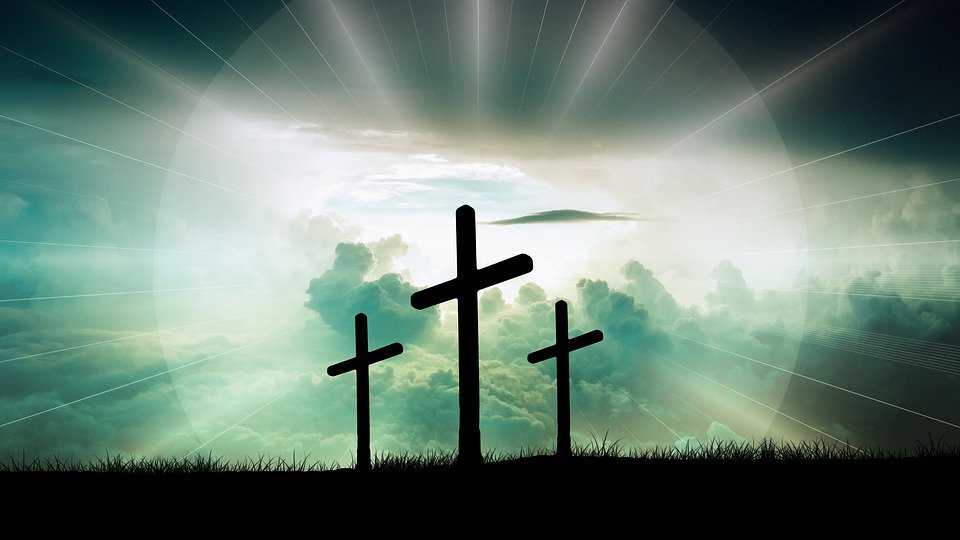No products in the cart.
bible
Crosses and Crucifix
The use of the physical cross emerged gradually among Christians. It is, of course, a sign and symbol of Christianity, with most people using it as a reminder that Jesus died on the cross for our sins. Historians note that the sign of the cross for protection and baptism was used very early and that Paul taught the symbolism of the cross.
The use of a physical cross doesn’t seem to appear before the fourth century when two events involving emperor Constantine led to its use. Constantine reported having a vision that he identified with Christ. In this vision, he saw the words; In Hoc Signo Vinces, which means, “In this sign conquer” and the vision assured him of a victory over Maxentius. After placing the symbol at the top of his standard and on the shields of his men, he indeed defeated Maxentius at the battle of Milvian Bridge just outside of Rome in the year 312.
This victory made Constantine emperor of the West. From that time, he openly supported Christianity. Over the years, he has often been referred to as the 13thapostle. There are also legends that say the original cross of Christ was discovered by Constantine’s mother, Helena. Constantine’s historical assessment is decidedly mixed.
Tradition says that his remains lie with relics of the 12 apostles in the Church of the Holy Apostles in Constantinople, which stood as a Christian stronghold for more than a thousand years. However, Constantine also is viewed with suspicion due to the apparent execution of his son Crispus and wife Fausta. The church and the newfound state started to use across fixed to a pole or carried to lead processions from the time of Constantine’s victory onward.
It became a symbol of Christ’s victory over death, which was also viewed as the triumph of good over evil. As such, it is the primary Christian symbol. Today, there are crosses to adorn churches, homes, and even our bodies. Cross jewelry is available in designs ranging from simple to exquisite. Crosses and crucifix for the home also come in many different types.

Wall Crosses
Wall crosses of many types are available, some very plain and simple, and others adorned with sayings or other decorations. There are Florentine wood crosses made in Jerusalem, Celtic crosses from Nazareth and holy land, and rustic metal crosses from Galilly Christian designers. The Lord’s Prayer is undoubtedly the most recognized player in the world, and it is carved in resin on these wall crosses. Perfect gifts for someone setting up housekeeping, these are affordable but elegant. As a symbol of all that God does for us, the simple prayer is etched on a wall hanging cross suitable for any room in the home. The Pledge of Allegiance wall cross is fabricated with the red, white, and blue of the American flag on it, as well as the words of the Pledge of Allegiance engraved upon it.
Standing Crosses
Standing crosses of all types are available, made from many different materials. Pottery, metals, and wood are all represented, and there are an infinite number of sizes from which to choose. holy land Olive wood is extremely popular, as it is native to Bethlehem and thought to have special significance in Jesus’ life as a carpenter. Solid bronze standing crosses are made, sometimes with crystals at the center for extra ornamentation. These are typically made by blacksmiths in Germany where they’ve been produced for over 50 years. Stainless steel and gold tone standing crosses are also popular

